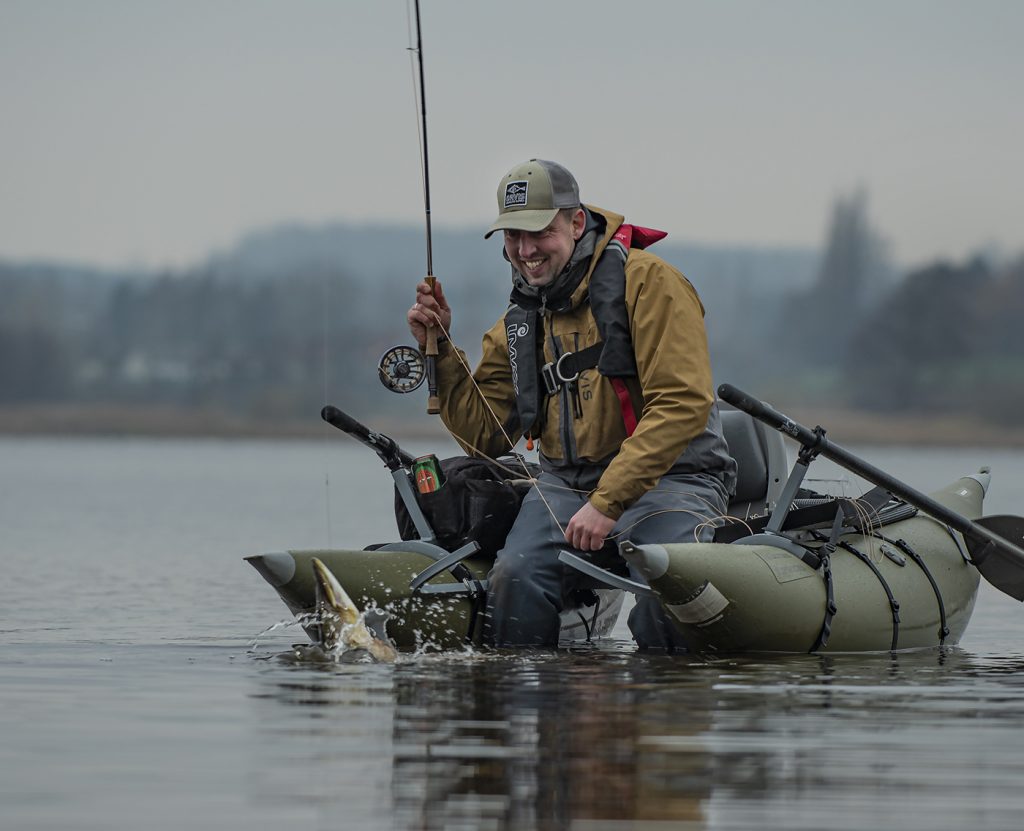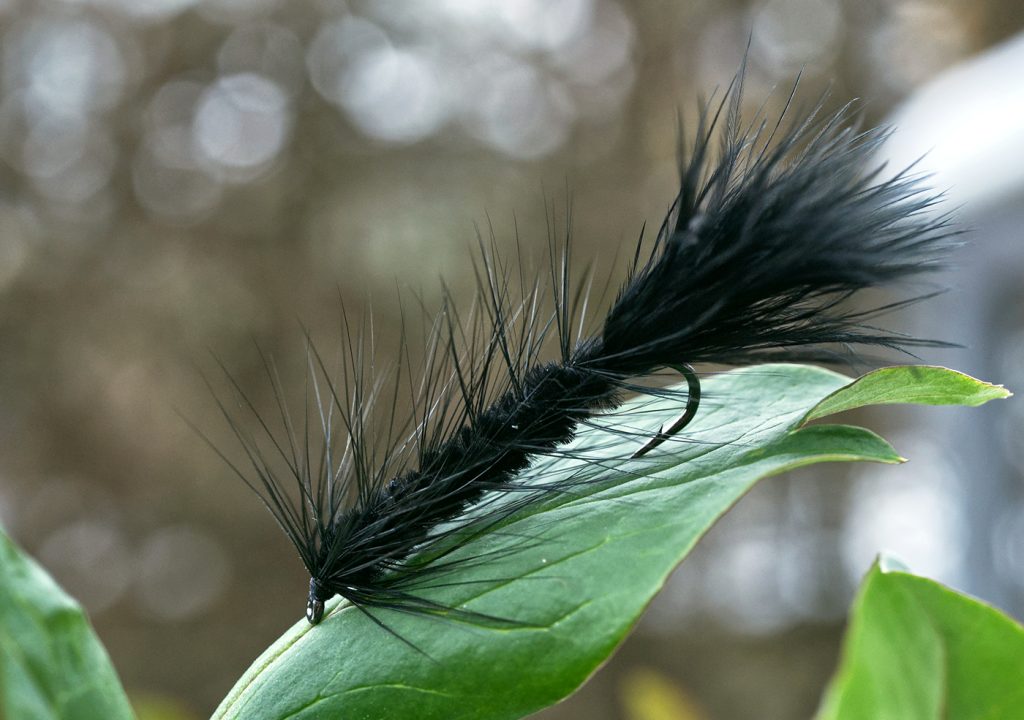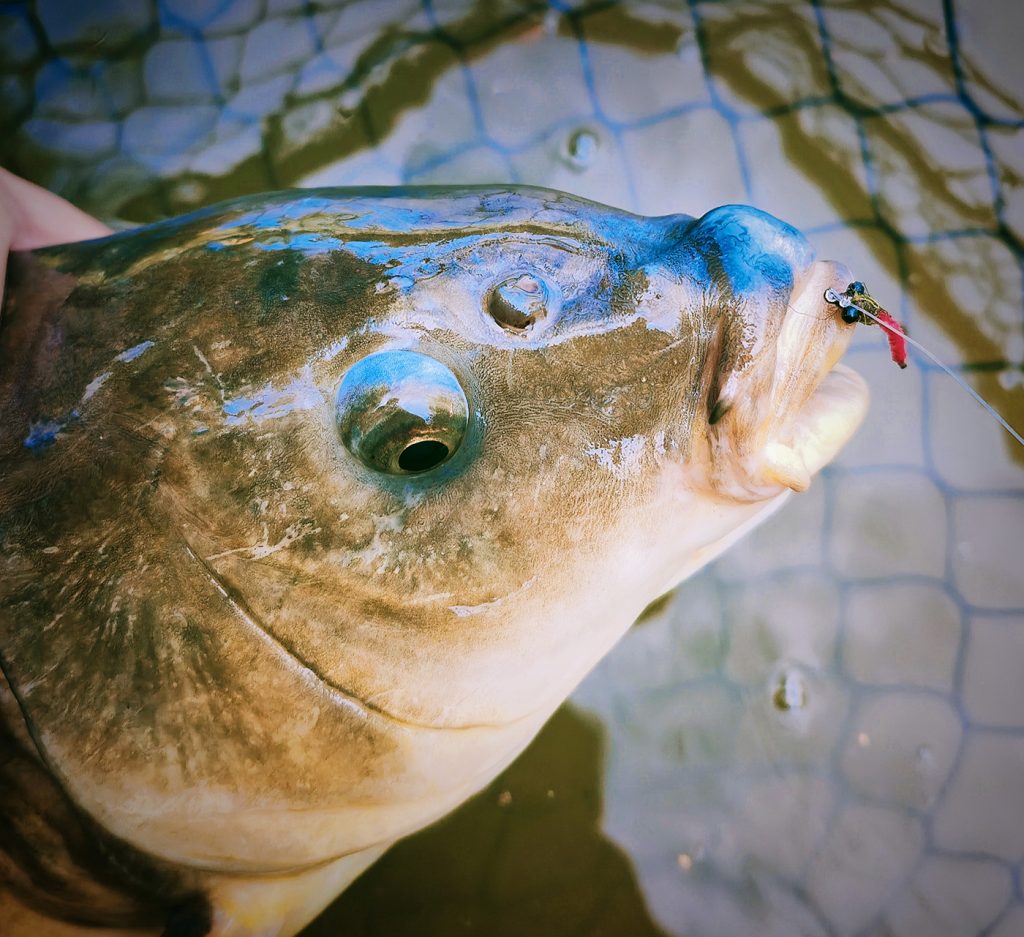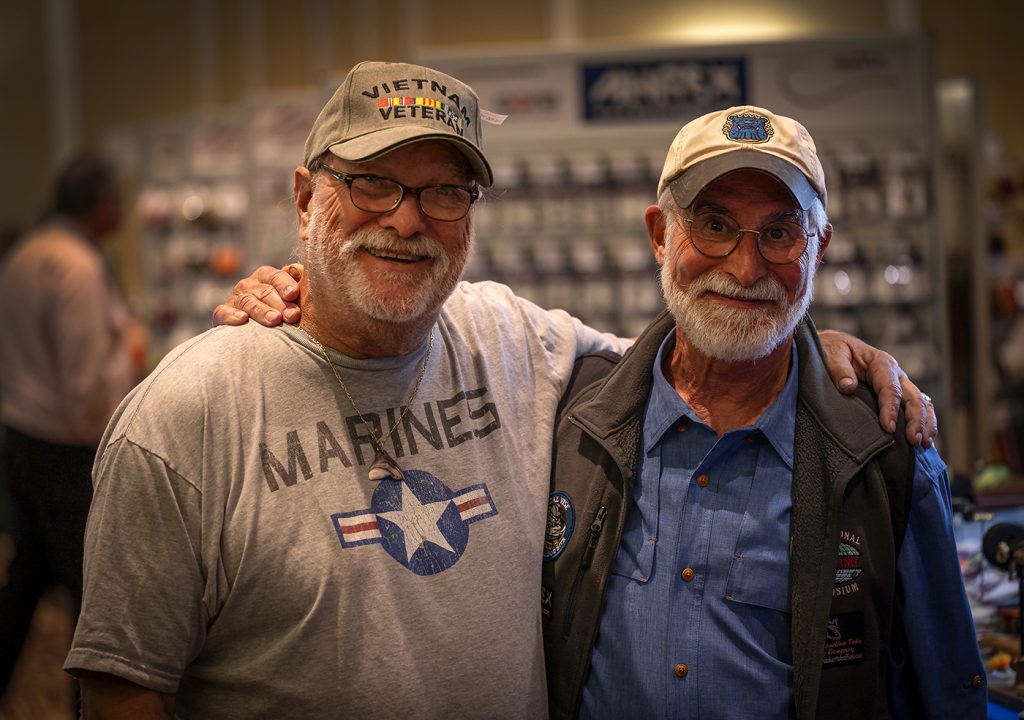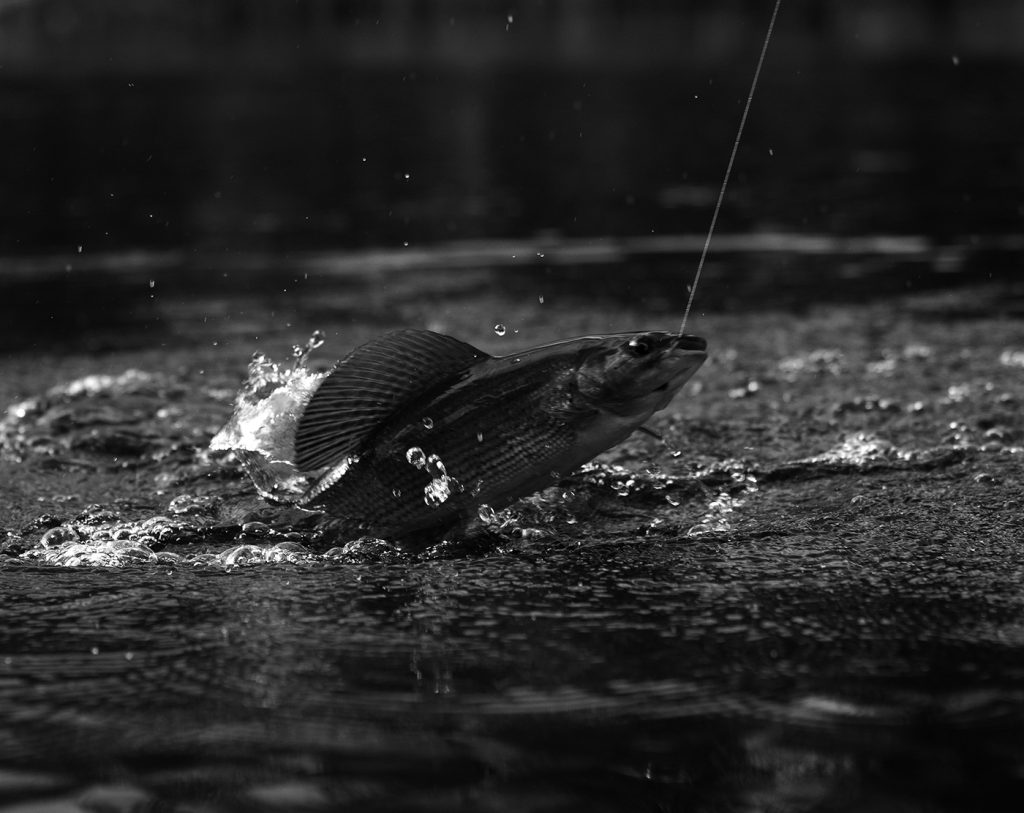
Christmas is fast approaching – here at Ahrex HQ as well. We’re always a little more busy this time of year. The accounting for the year has to be done and there is always a little more to ship as the dealers stock up for the Christmas shopping. Some lose ends to tie up before we go on holiday and charge up for 2024. There’s also a little planning to be made – hopefully with you, our readers, as well. It’s not unlikely that there might be some new hooks next year as well.
Continue reading “Christmas”
